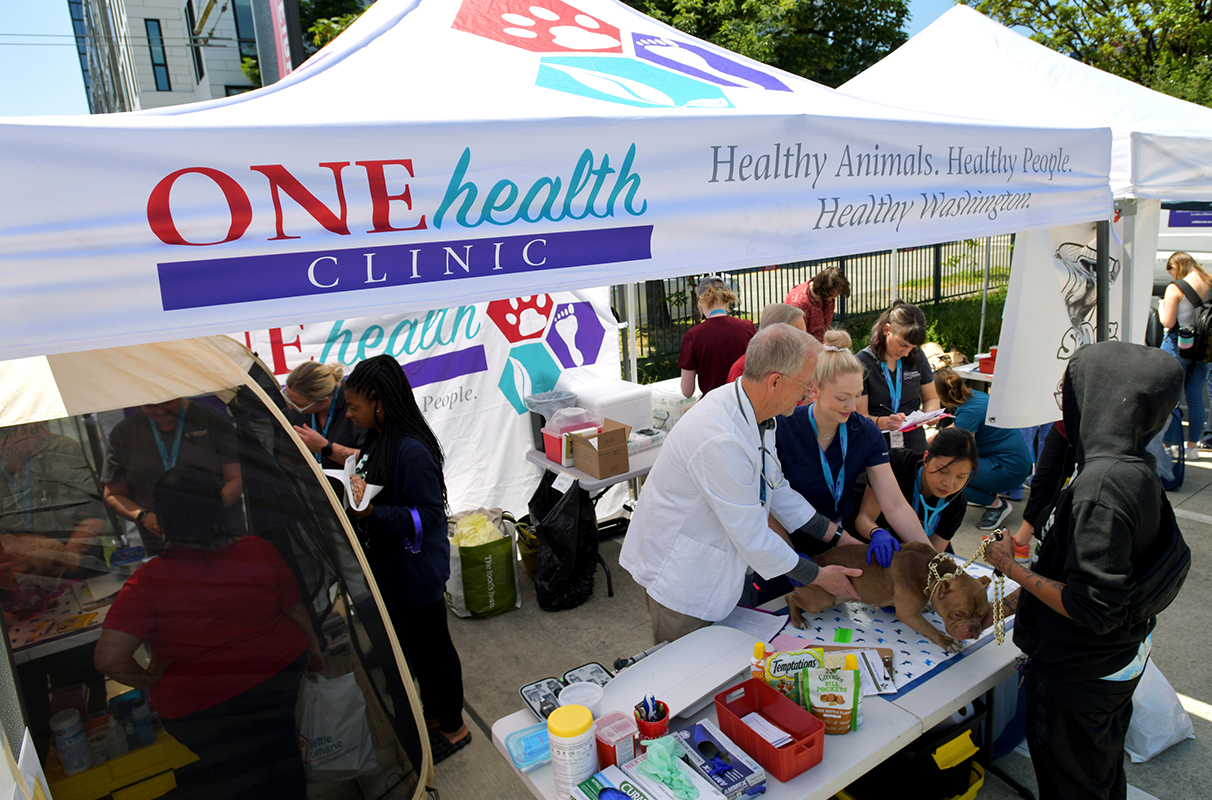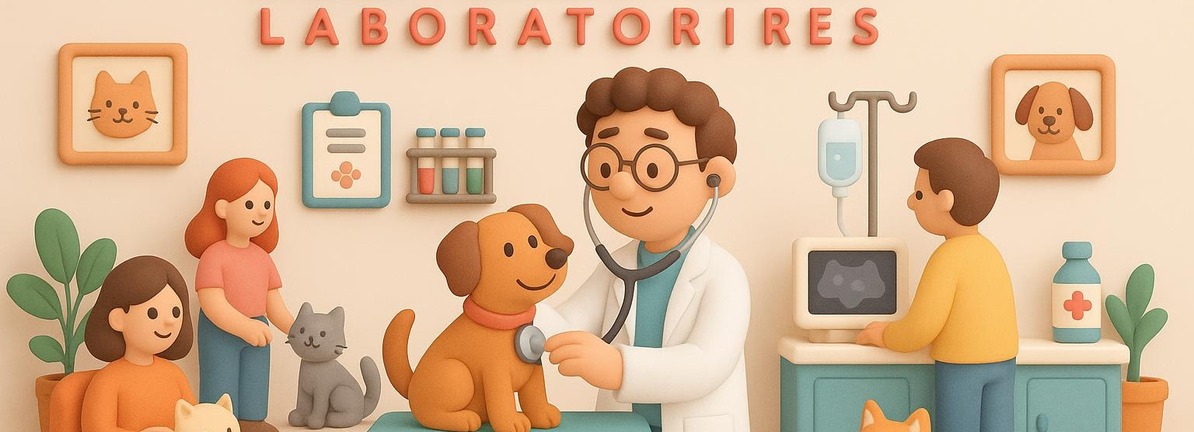WSU touts success of clinic that lets homeless youth, pets get medical care at same time

SEATTLE — Youth experiencing homelessness are more likely to seek medical care if their pets can receive veterinary care at the same time, according to a recent study by researchers from Washington State University and the University of Washington.
The study, published in the Journal of Primary Care and Community Health, highlights the impact of integrated animal and human health care on this vulnerable population.
SEE ALSO | One-stop health clinics for pets and their people
The research tracked visits by youth experiencing homelessness at the One Health Clinic in downtown Seattle, a collaboration between WSU’s College of Veterinary Medicine and the UW Center for One Health Research.
The clinic, which operates every second and fourth Wednesday of the month, offers both human and veterinary care under the supervision of a nurse practitioner and a WSU veterinarian.
WSU veterinary students and UW health sciences students work together to provide comprehensive care.
Dr. Katie Kuehl, a veterinarian at WSU, emphasized the importance of building trust through pet care. “Providing veterinary care to this population helped animal owners engage in health care, even when the clinic wasn’t happening or there was no veterinary presence there,” she said. “The thinking behind that is because we were able to build trust and create that connection with them that starts with their pet, they are far more likely to engage in their own health care.”
The study, led by nurse scientist and UW postdoctoral researcher Natalie Rejto, analyzed clinic visits from 2019 to 2022. It found that nearly 80% of visits resulted in clients receiving human health care, despite 69% initially seeking care only for their pets.
SEE ALSO | Massive free health care clinic returns to Seattle for 10th year
Of the 88 human clients, 75 visited a health care provider, with 40 establishing care for the first time in at least two years.
More than 50% of human patients had not seen a doctor in over two years, yet 85% scheduled nonemergency follow-up appointments.
Rejto noted the clinic’s role as an entry point into care. “To have a good portion of the clients not accessing preventative care within the two years leading up to that initial appointment, and add in those rates of follow-up care, I think that shows the real value of having the clinic serve as that entry point into care,” she said. The clinic saw about 300 visits between May 2024 and May 2025, indicating a clear demand for its services.
Rejto expressed interest in exploring the costs of health care and preventative care, noting that hospitalizations and surgeries are more expensive than preventative measures. “I’d love to explore that in the future, as well as ways to expand access to preventative care for people and their animals. I think there’s an opportunity for it, and it’s already been shown it can be sustained,” she said.
More information on One Health Clinic can be found HERE.
link







